Debate Highlights Economic Divide as Markets React to Inflation and Currency Moves | Daily Market Analysis

Key events:
- UK - GDP (QoQ) (Q1)
- USA - Core PCE Price Index (YoY) (May)
- USA - Core PCE Price Index (MoM) (May)
- USA - Chicago PMI (Jun)
The S&P 500 managed a slight gain on Thursday as investors balanced a decline in chipmaker Micron against gains in consumer stocks, just ahead of key inflation data.
The Dow Jones Industrial Average increased by 36 points, or 0.1%, the S&P 500 added 0.1%, and the NASDAQ Composite rose by 0.30%.
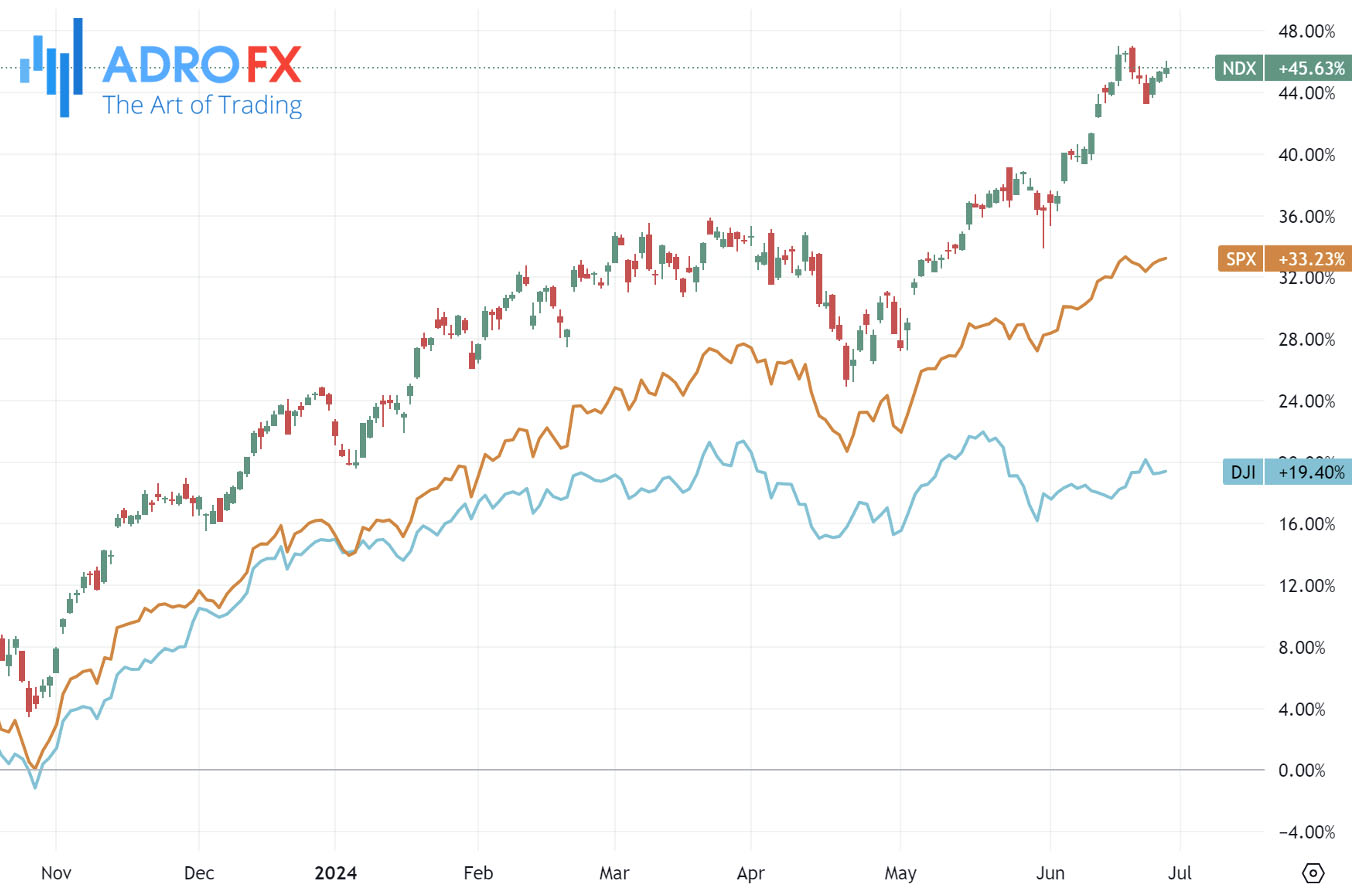
The first US presidential debate between President Joe Biden and Republican nominee Donald Trump aired on CNN. Biden admitted that "inflation had driven prices substantially higher than at the start of his term but said he deserves credit for putting "things back together again" following the coronavirus pandemic." In contrast, Trump criticized the high inflation levels, proposing that tariffs would reduce deficits and calling for scrutiny of countries like China, according to Reuters.
The Australian Dollar weakened against the US Dollar on Friday, likely due to dovish remarks from the Reserve Bank of Australia’s Deputy Governor Andrew Hauser. Hauser warned that it would be a "bad mistake" to make policy decisions based on a single inflation report, stressing the need for thorough analysis of upcoming economic data, as reported by Bloomberg.
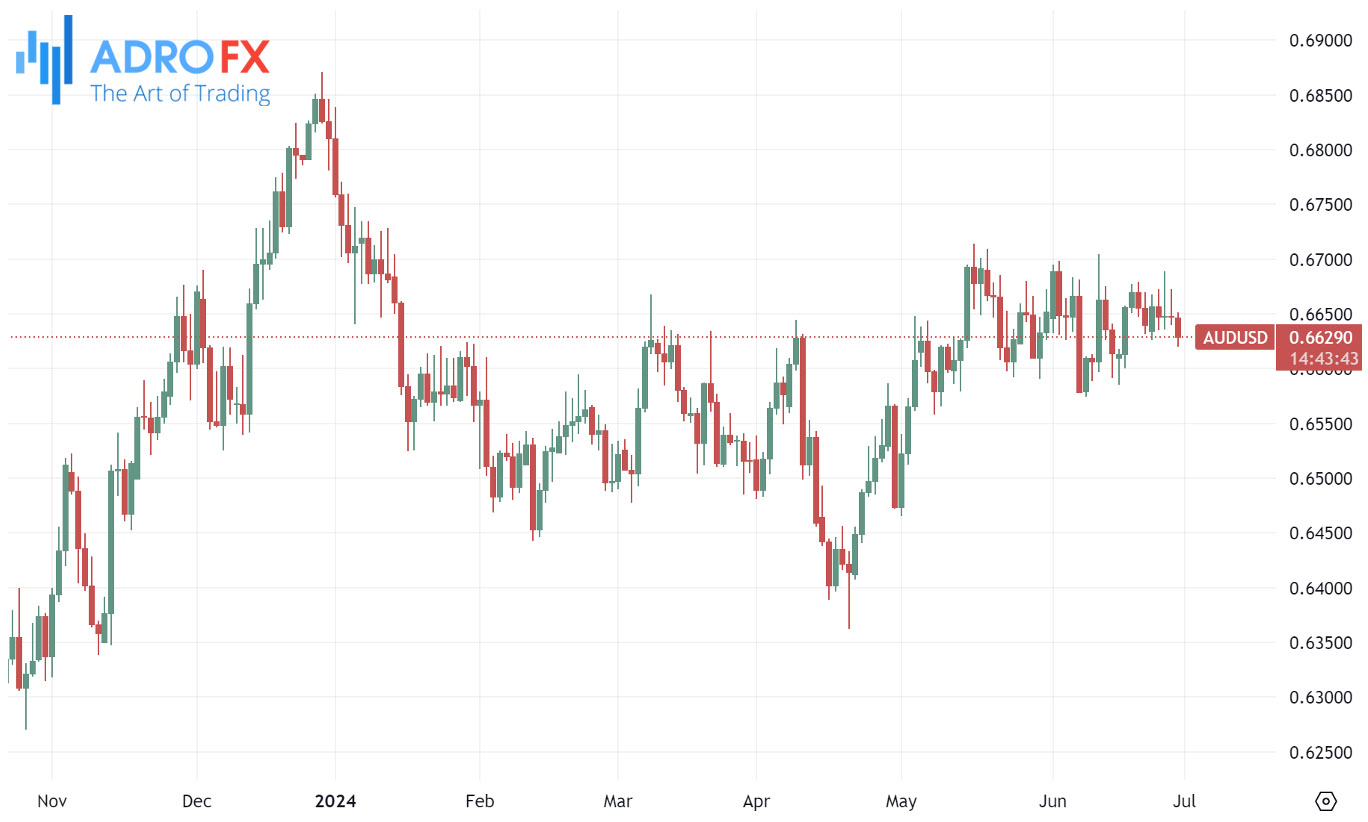
The AUD had previously gained ground after the release of May's higher-than-expected Monthly CPI. The continued high inflation has led to speculation that the RBA might raise interest rates again in August.
Gold prices face renewed selling pressure on the week's last day, erasing part of Thursday's over 1% recovery from a two-week low. The US Dollar regains positive momentum after a softer US data-led decline on Thursday, climbing to nearly a two-month peak. This recovery is supported by rising US Treasury bond yields, bolstered by the Federal Reserve's hawkish stance. Additionally, some repositioning ahead of US inflation data further strengthens the Greenback, which negatively impacts gold prices.
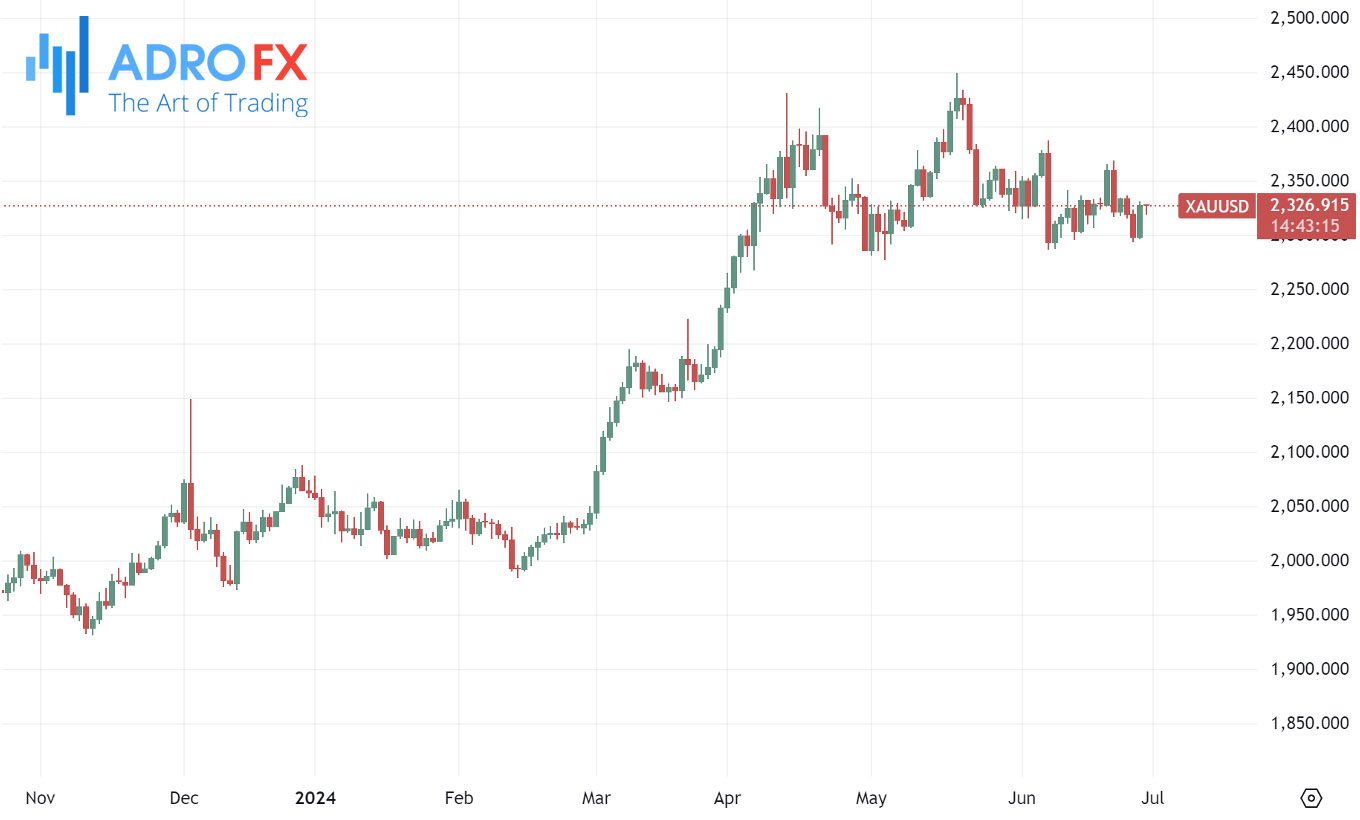
Despite this, investors are still anticipating a possible rate cut by the Fed in September due to easing inflationary pressures and slowing economic momentum. Geopolitical tensions in the Middle East and the ongoing Russia-Ukraine conflict also provide some support to the safe-haven gold price. Traders remain cautious, preferring to wait for more clarity on the Fed's policy direction, with attention focused on the upcoming US PCE Price Index, set for release later during the North American session.
The NZD/USD pair experiences renewed selling pressure after a brief pause, plunging to its lowest level since mid-May during the Asian session on Friday. Spot prices are currently just above the mid-0.6000s, down 0.35% for the day, and seem to confirm a bearish breakdown through the 50-day Simple Moving Average. The New Zealand Dollar is weighed down by expectations of an earlier-than-projected rate cut by the Reserve Bank of New Zealand. This sentiment overshadows a generally positive tone in the equity markets, providing no support to the risk-sensitive Kiwi, suggesting a bearish trend for the NZD/USD pair.
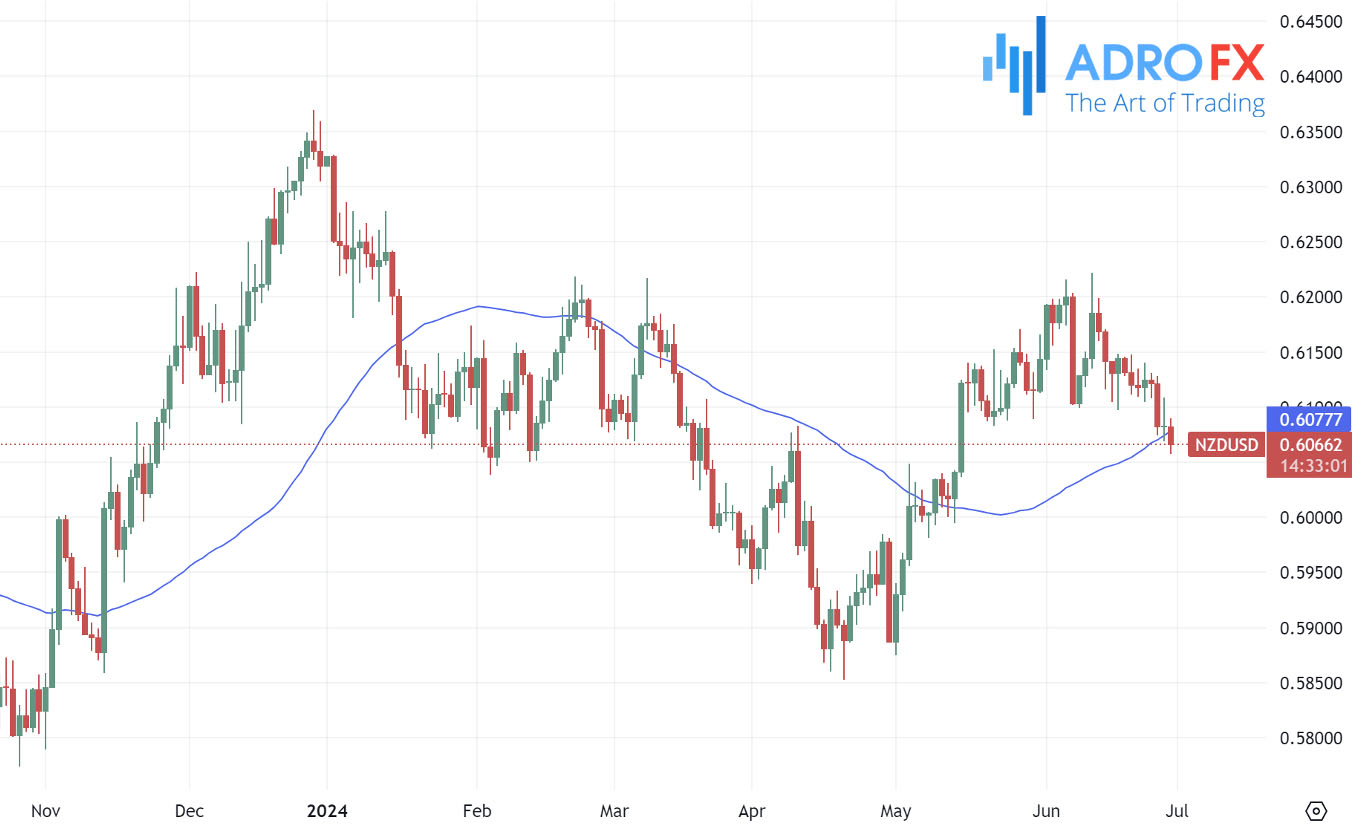
Meanwhile, USD/JPY trades around 161.00, the highest level since 1986, during the Asian session on Friday. Tokyo's CPI inflation rose to 2.3% year-over-year in June, up from 2.2% previously. Core Tokyo CPI inflation, excluding volatile food prices, also increased to 2.1% YoY from 1.9%, exceeding the median market forecast of 2.0% YoY.
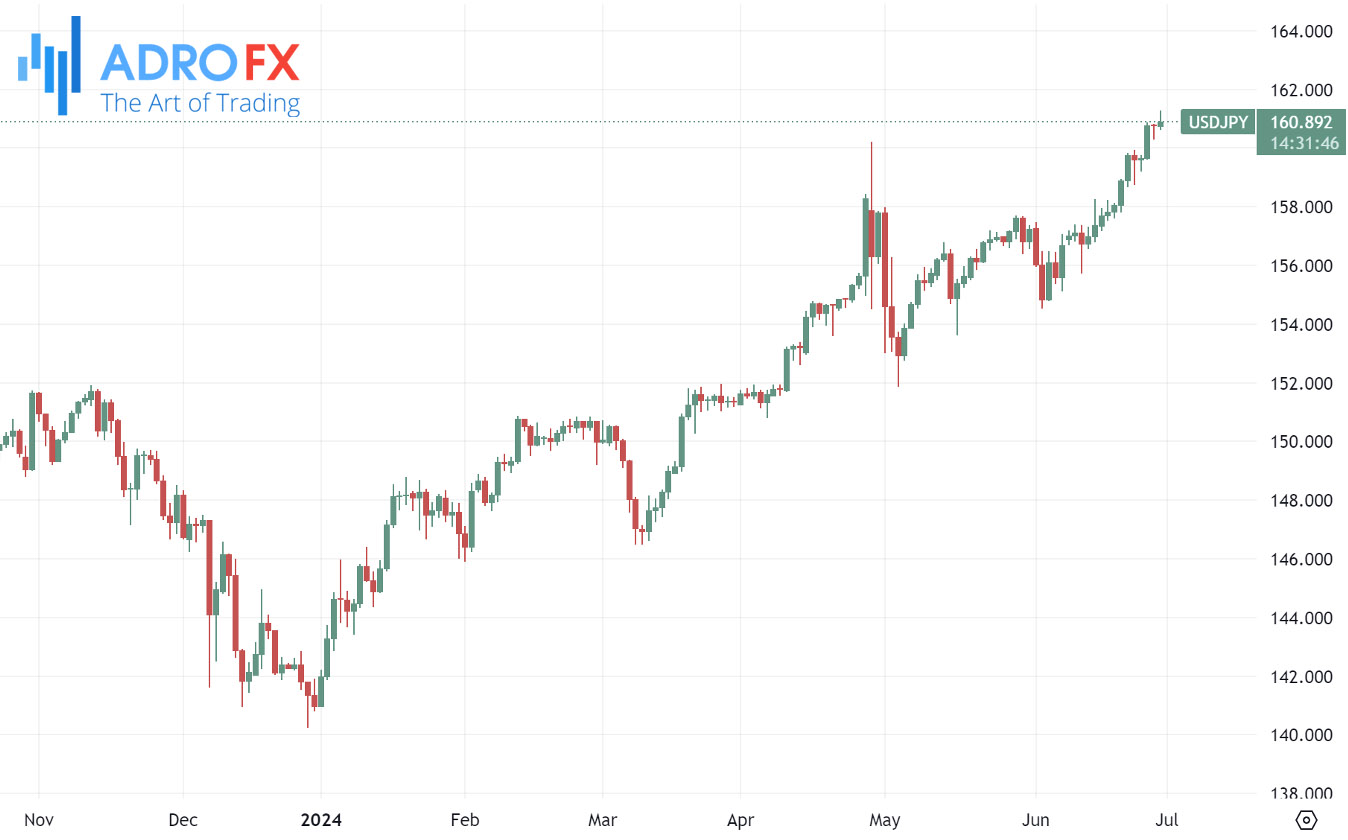
Japanese Finance Minister Shunichi Suzuki stated on Wednesday that he would "take appropriate steps on excessive FX moves. "
While Suzuki did not comment on specific forex levels or potential interventions, he emphasized the importance of currency movements reflecting economic fundamentals. Chief Cabinet Secretary Yoshimasa Hayashi echoed similar sentiments, stressing the need for stable currency movements.









